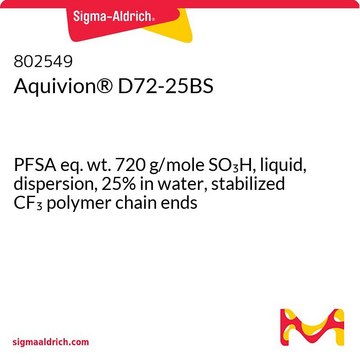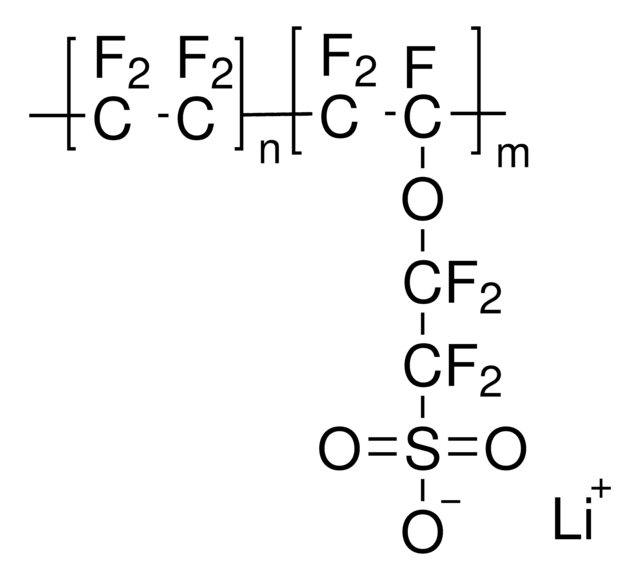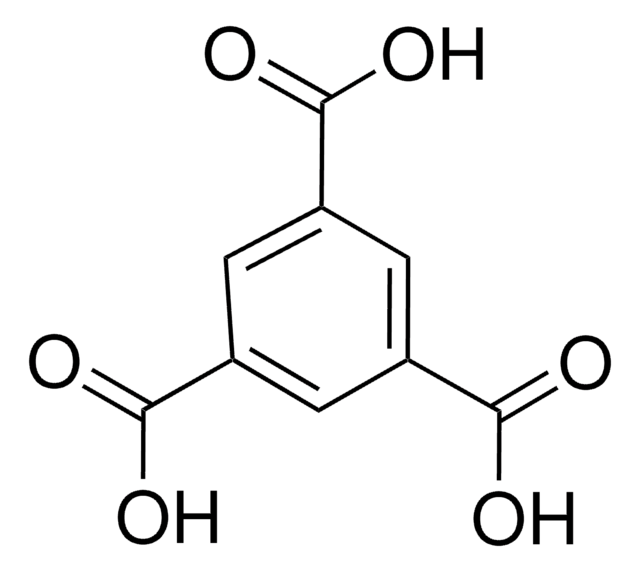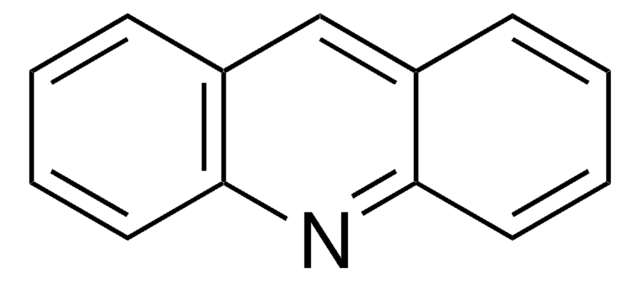推荐产品
品質等級
形狀
dispersion
liquid
等效分子量
790±20g/mol (SO3H)
包含
CF3 polymer chain ends as stabilizer
成份
25% in water
環保替代產品特色
Design for Energy Efficiency
Learn more about the Principles of Green Chemistry.
sustainability
Greener Alternative Product
濃度
25±1 % (w/w)
密度
1.14 g/mL
環保替代類別
正在寻找类似产品? 访问 产品对比指南
一般說明
應用
特點和優勢
- Very high concentration of functional groups for strong proton (or Na+, K+, Li+, etc.) conductivity
- High softening point for high temperature operation well above 80 ºC •
- Strong water retention for better fuel cell operation at low-humidity conditions for membranes or catalyst inks that are utilizing this dispersion material
法律資訊
儲存類別代碼
10 - Combustible liquids
水污染物質分類(WGK)
WGK 3
商品
Advances in the electrochemical conversion of water to and from hydrogen and oxygen have principally been achieved through the development of new materials and by understanding the mechanisms of the degradation of proton exchange membrane fuel cells (PEMFC) during operation.
Advances in the electrochemical conversion of water to and from hydrogen and oxygen have principally been achieved through the development of new materials and by understanding the mechanisms of the degradation of proton exchange membrane fuel cells (PEMFC) during operation.
我们的科学家团队拥有各种研究领域经验,包括生命科学、材料科学、化学合成、色谱、分析及许多其他领域.
联系技术服务部门







